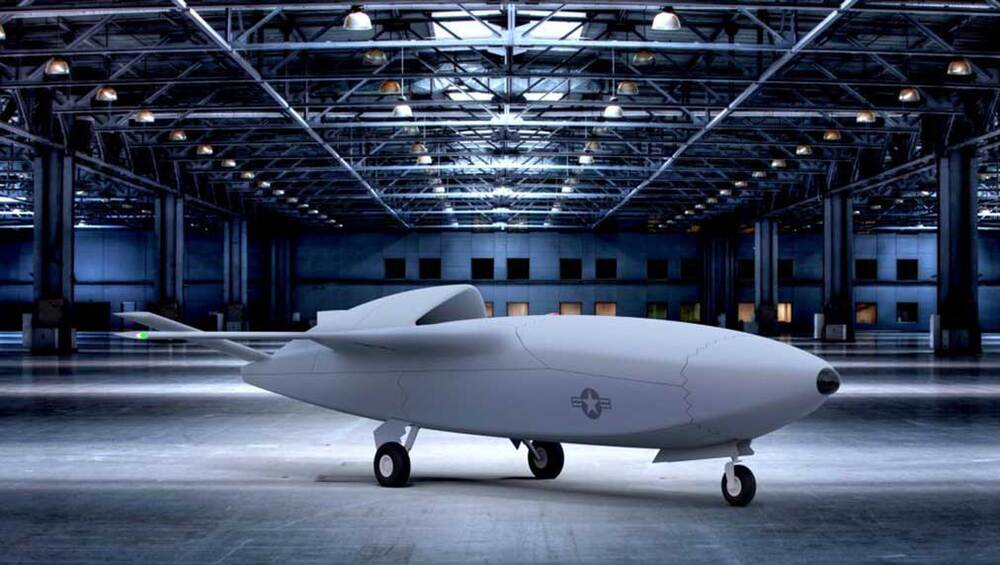Mid-air refueling is almost a century old, but mid-air recharging is a newer phenomena.
Category: drones – Page 86
Dash Systems raises $8M for precision-airdrops-as-a-service at distant or disaster-stricken destinations
Now more than ever both the importance and limitations of the global delivery infrastructure are on full display. But while Amazon and others try to speed up last mile delivery using drones, Dash Systems hopes to expedite the middle mile — with military-inspired airdrops putting pallets of parcels down at their penultimate destinations, even in the most inaccessible of locations.
Air-based delivery generally consists of four steps. First, an item is taken from the warehouse to the airport. Second, it goes by well-packed large cargo planes from there to another major hub, say from New York to Los Angeles. Third, a truck or smaller plane takes these to their regional destination, a sorting or distribution facility. Fourth, they go out on the familiar delivery trucks and end up on your doorstep.
It’s that third step that Joel Ifill, founder and CEO of Dash, felt could be improved. With an engineering background and experience building guided bombs for the military, he felt that there was an opportunity to apply some of the military’s point-to-point approach to the commercial sector. Why do you need to land at all?
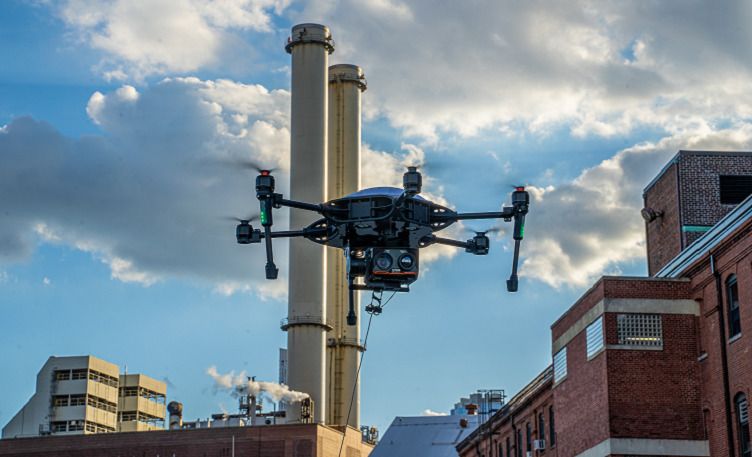
Autonomous drone carries an 8 lb payload and unlimited flight time
Easy Aerial claims its Albatross UAS is a tethered machine that has an unbreachable data connection.
Drone startup Easy Aerial has launched a new unmanned aerial system (UAS), called Albatross, a tethered device with unlimited flight time and an unbreachable data connection.
The drone hexacopter can carry an 8.5 lb payload capacity with three hardpoints, two on the side that can carry up to 4 lb and the bottom hardpoint that can carry payloads of up to 8 lb. The side payload stations feature standard mounting as well as Picatinny rails that support a wide range of applications such as floodlights, communications relays, loudspeakers and cyber-related and other commercial and military electronic systems. The bottom hardpoint is designed for gimbaled cameras or large ISR loads such as radar or communication jammers.
Because of these features, the system works in applications such as commercial, public safety, firefighting, military, border patrol, perimeter, and infrastructure overwatch and surveillance operations.

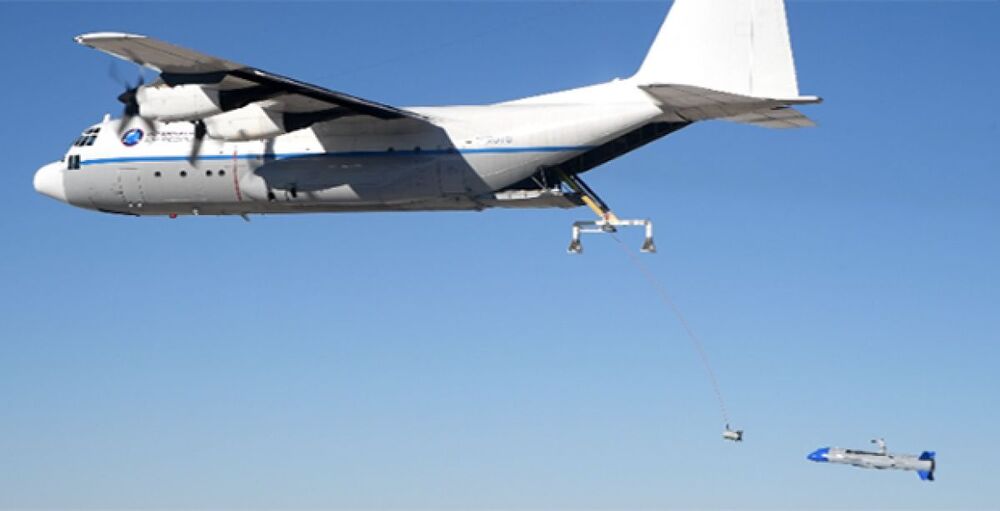
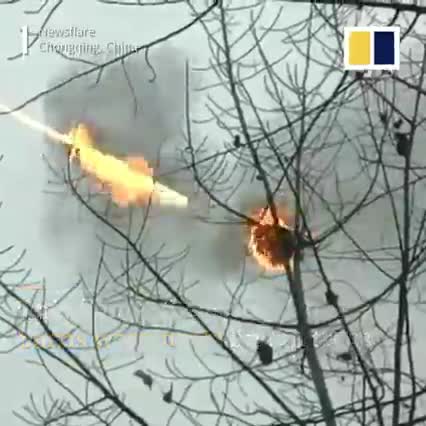
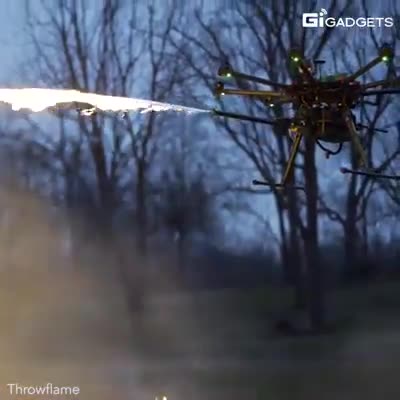
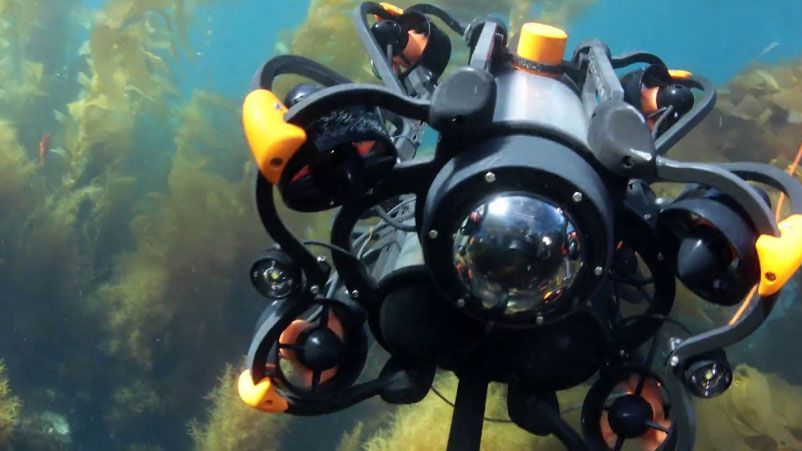
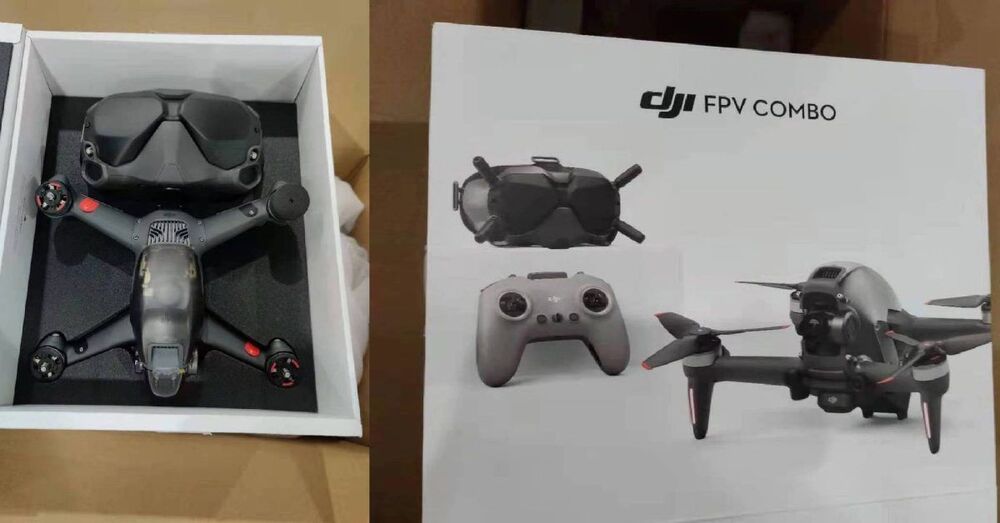
Why DJI’s FPV drone will be a game-changer
There’s a lot of buzz right now about DJI’s impending FPV drone. We have some thoughts on why there’s so much interest and why this product will likely be a winner for the company.
It’s pretty clear that people are champing at the bit for the release of the new DJI FPV drone. We can say that because we’ve seen the page views on those posts, as well as the many comments and questions posted to our YouTube channel or sent as DMs on our Facebook page. Many people seem to be super keen to see this new drone in person. We are, too. And all this has us thinking this product has the potential to be huge. Huge.
Let’s have a look at why we say that.
